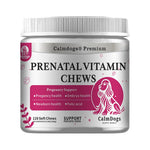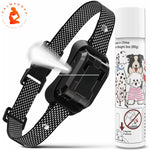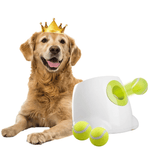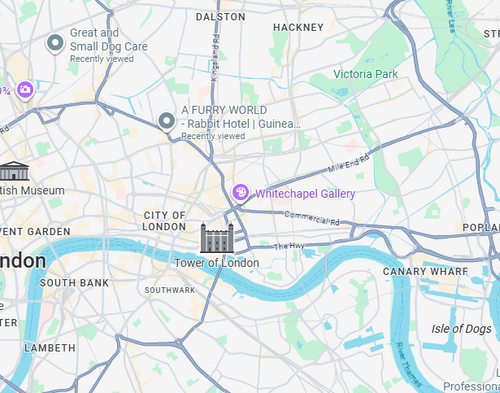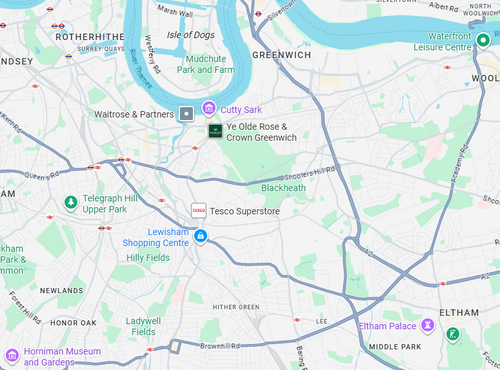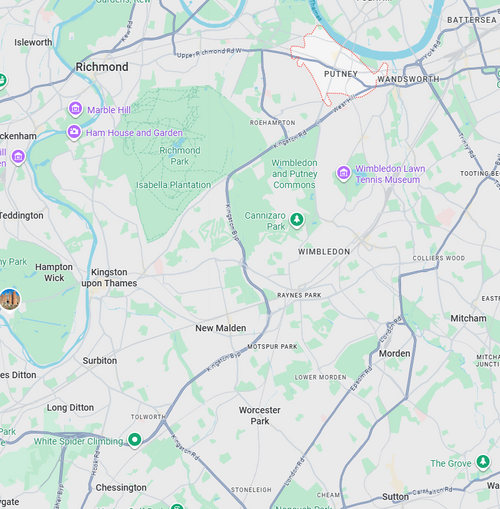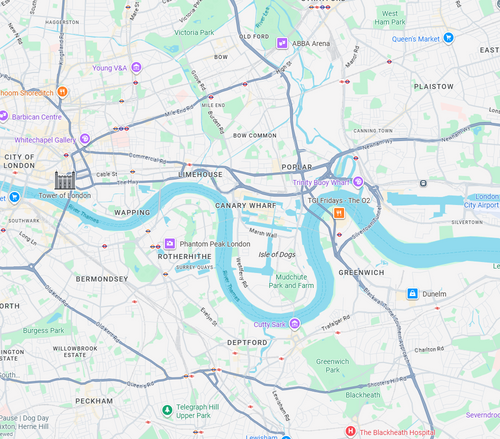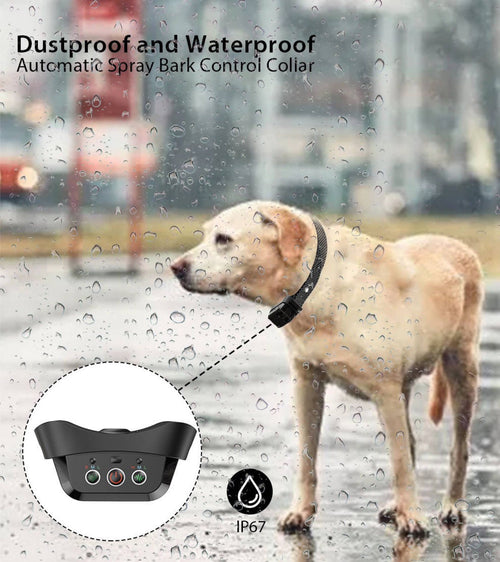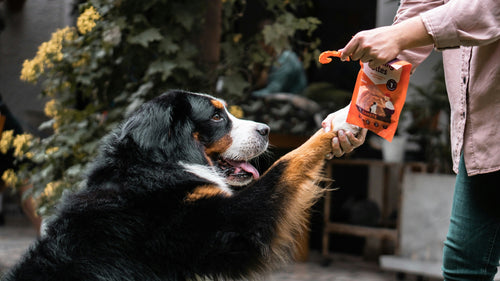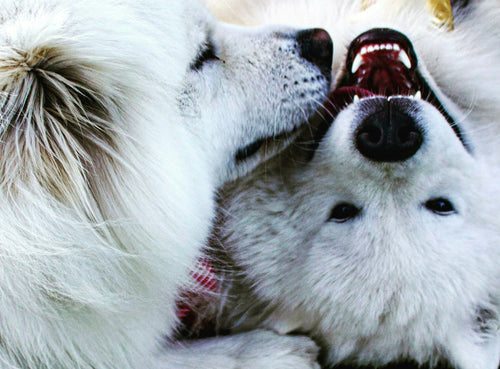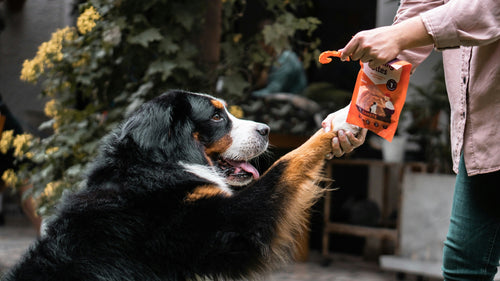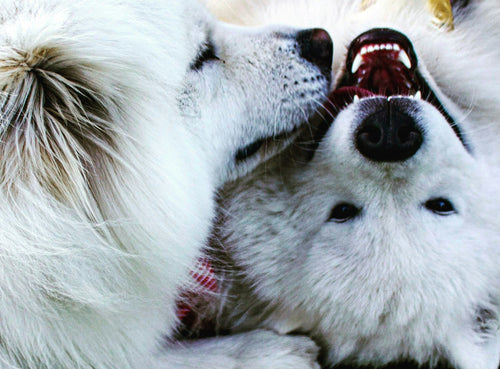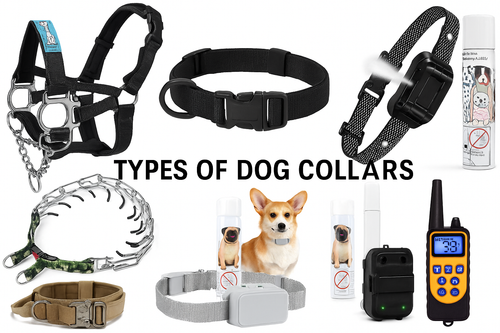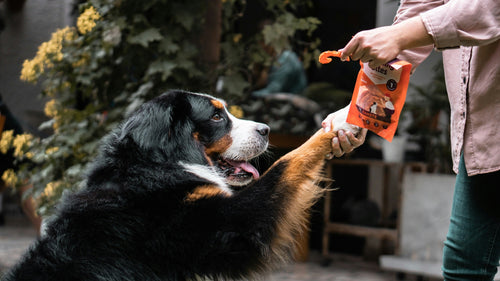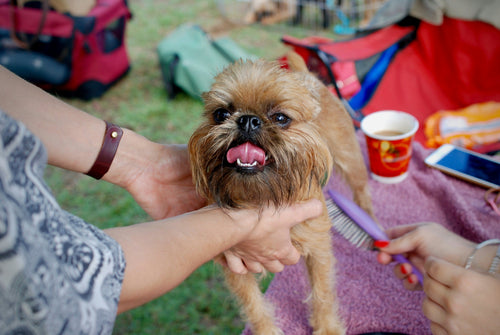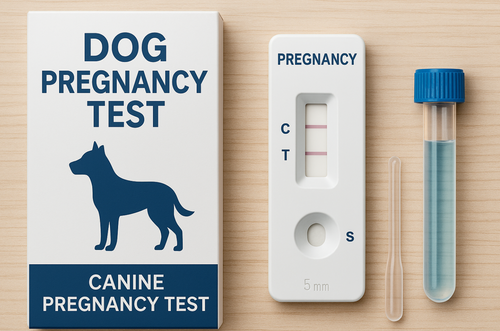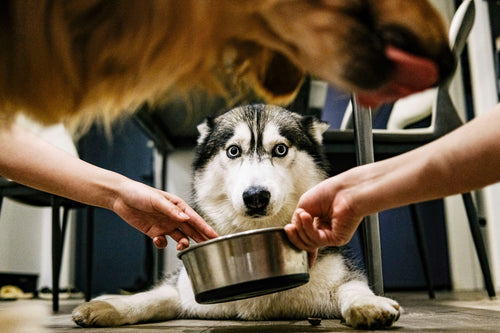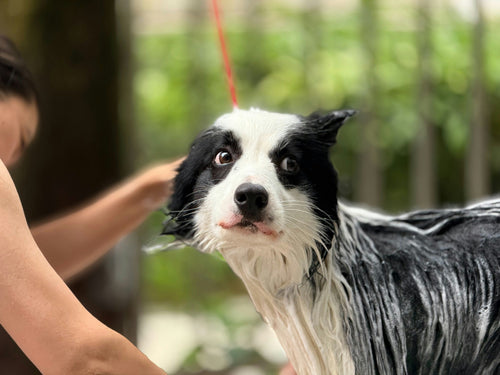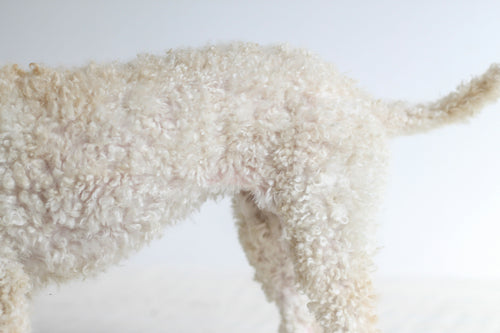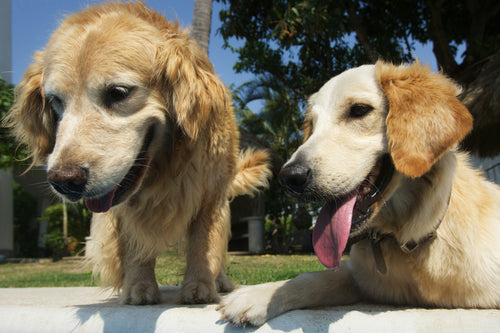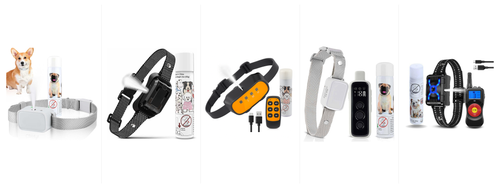Dog Pregnancy Timeline at a Glance (9 Weeks / ~63 Days)
-
Week 1 (Days 0–7): Fertilisation; no visible changes.
-
Week 2 (Days 8–14): Embryos implant; mild appetite shifts.
-
Week 3 (Days 15–21): Hormonal changes; possible morning queasiness.
-
Week 4 (Days 22–28): Vet may confirm pregnancy; nipples slightly enlarge.
-
Week 5 (Days 29–35): Puppies’ organs form; calorie needs begin to rise.
-
Week 6 (Days 36–42): Abdomen rounds; appetite increases.
-
Week 7 (Days 43–49): Coat/nails develop; nesting behaviour may start.
-
Week 8 (Days 50–56): Visible puppy movement; colostrum may appear.
-
Week 9 (Days 57–63): Whelping prep; temperature drop before labour.
Always consult your vet for personalised guidance—especially on diet, exercise, and any supplements during pregnancy.
Week-by-Week Care Guide

Week 1 (Days 0–7): The Quiet Beginning
What you’ll notice: Usually nothing obvious. Keep life calm and consistent.
Care tips:
-
Stick to her normal complete diet; no need to increase calories yet.
-
Gentle exercise only—no strenuous new activities.
Supplements: Discuss starting dog prenatal vitamins now so nutrients are in place early.
Week 2 (Days 8–14): Implantation & Hormone Shift
Signs: Slight appetite change; mild tiredness.
Care tips:
-
Keep stress low; maintain hydration.
-
Begin weighing weekly to track healthy, gradual gain.
Nutrition: Still maintenance calories; focus on quality protein and omega fatty acids.
Supplement focus: Folic acid (supports neural development). Continue daily prenatal vitamins for dogs.
Week 3 (Days 15–21): Early Pregnancy Symptoms
Signs: Mild queasiness (“morning sickness”), occasional picky eating.
Care tips:
-
Offer smaller, more frequent meals if appetite dips.
-
Avoid unnecessary medications and chemical flea/worm products without vet approval.
Supplements: B-vitamins for energy metabolism; zinc for normal development.
Week 4 (Days 22–28): Time to Confirm

Signs: Nipples may enlarge/pink; abdomen still subtle.
Vet: This is a common window for confirmation (your vet will advise ultrasound timing).
Care tips:
-
Begin planning a whelping area: quiet, warm, easily cleaned.
-
Keep exercise light to moderate.
Nutrition: Transition towards a high-quality, energy-dense food (gradual change).
Supplements: Continue prenatal pills for dogs to cover micronutrient bases.
Week 5 (Days 29–35): Growth Spurt Begins
Signs: Body shape starts to change; hunger may increase.
Care tips:
-
Split daily food into 3–4 smaller meals to reduce tummy pressure.
-
Maintain calm routines; avoid rough play.
Nutrition: Calorie needs begin to rise; protein quality matters.
Supplements: Iron (supports red blood cell production), folic acid, zinc—all commonly included in dog prenatal vitamins.
Week 6 (Days 36–42): Clearly Pregnant

Signs: Rounding abdomen; weight gain more visible.
Care tips:
-
Keep her clean and brushed; check nipples/skin gently.
-
Short, frequent walks are ideal.
Nutrition: Increase calories gradually under vet guidance.
Supplements: Consider DHA (omega-3) support for developing brains and eyes (ask your vet). Keep using a complete prenatal vitamin for dogs.
Week 7 (Days 43–49): Nesting & Final Trimester

Signs: Nesting behaviour, restlessness, more naps.
Care tips:
-
Finalise whelping box: warm, draft-free, with clean bedding.
-
Trim hair around nipples if long-coated (for nursing hygiene).
Nutrition: High-quality food; frequent smaller meals.
Supplements: Continue prenatal pills; ensure adequate calcium from diet (avoid high-dose standalone calcium unless vet-directed).
Week 8 (Days 50–56): Almost There

Signs: You may see/feel puppy movement; mammary glands fuller; possible colostrum.
Care tips:
-
Temperature charting can start (a drop to ~37.2°C often precedes labour by ~24 hours).
-
Keep toileting areas accessible; avoid travel.
Nutrition: Maximum energy needs now.
Supplements: Stay consistent—folic acid, iron, zinc continuing via her dog prenatal vitamins.
Week 9 (Days 57–63): Whelping Prep
Signs: Restlessness, scratching, hiding; temperature drop before labour; reduced appetite just before whelping.
Care tips:
-
Prepare whelping kit: vet’s number, clean towels, puppy scale, heat source as advised, disinfected scissors/clamps (only if trained/needed), gloves.
-
Keep the house calm and quiet; supervise closely.
Aftercare: Post-whelping, discuss nursing nutrition and postnatal support with your vet.
Why Use Prenatal Vitamins for Dogs?
Even on a balanced diet, pregnancy increases demand for specific micronutrients. A well-formulated dog prenatal vitamin can help cover common nutritional gaps:
-
Folic Acid – supports normal foetal neural development
-
Iron – supports healthy oxygen transport and energy
-
Zinc – supports normal growth and immune function
-
B-Complex Vitamins – support energy metabolism and appetite
-
Optional Vet-approved DHA – supports brain and eye development
Recommended: Calmdogs® Prenatal Pills for Dogs — gentle, daily support to help mum stay strong through pregnancy. (Insert your product URL and add-to-cart link here.)
Note: Supplements should complement, not replace, a vet-approved diet. Always seek veterinary advice before starting any supplement, especially if your dog has underlying conditions or is on medication.
Exercise, Grooming & Hygiene
-
Exercise: Daily gentle walks keep joints mobile and mood balanced. Avoid high impact or overheating.
-
Grooming: Regular brushing; check nipples/abdomen; keep bedding clean and dry.
-
Parasite control: Only with vet-approved products safe for pregnancy.
Common Questions (Quick Answers)
1. How long are dogs pregnant? About 63 days from ovulation (roughly 9 weeks).
2. When should I increase food? Gradually from Week 5, split into smaller meals.
3. Can I keep training? Yes—low-stress, reward-based training is fine; avoid strenuous activity.
4. When to see the vet? Early confirmation (Week 4+), mid-pregnancy check, and if you notice distress, discharge with odour/colour, prolonged straining, or overdue pregnancy.



